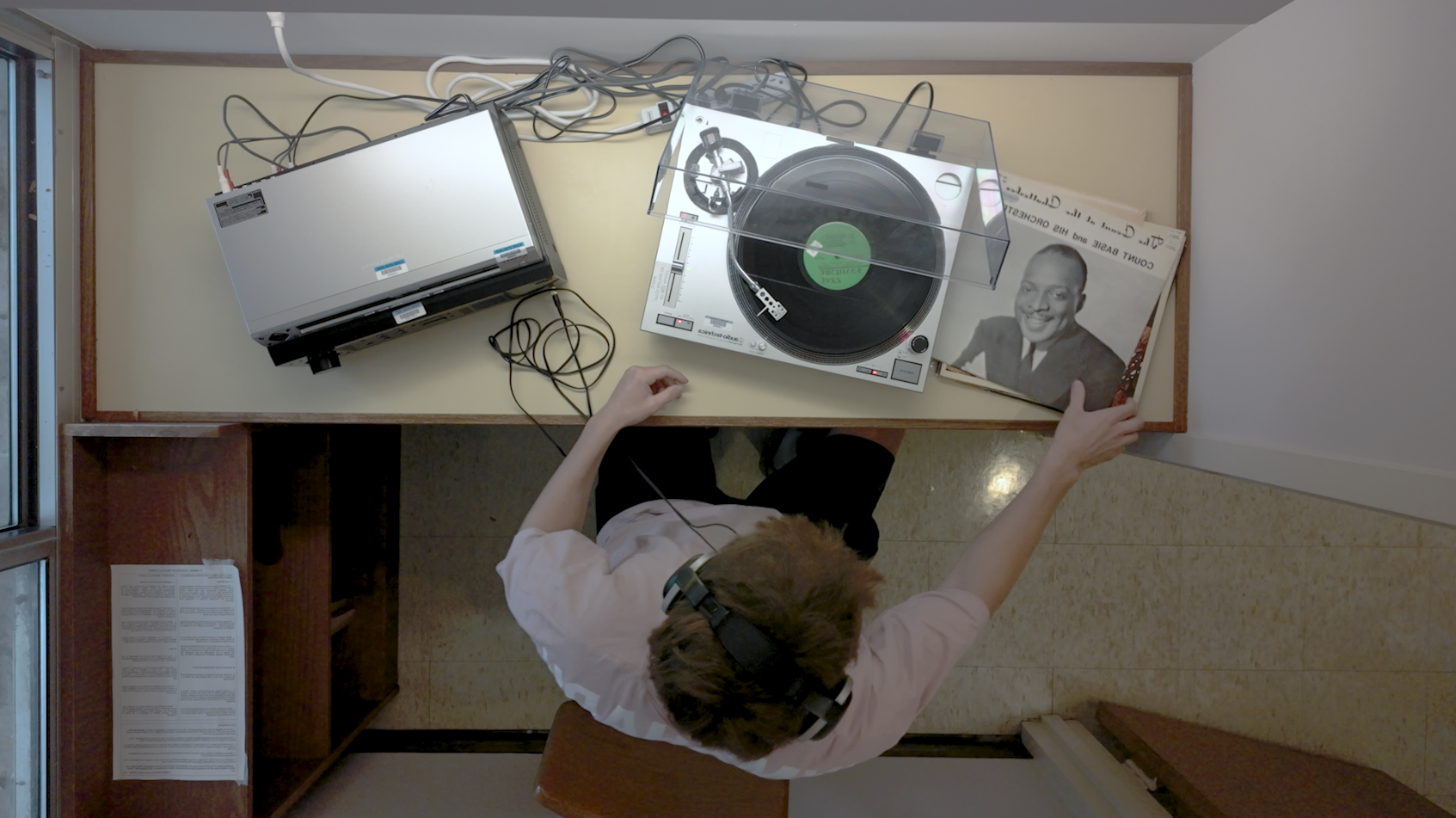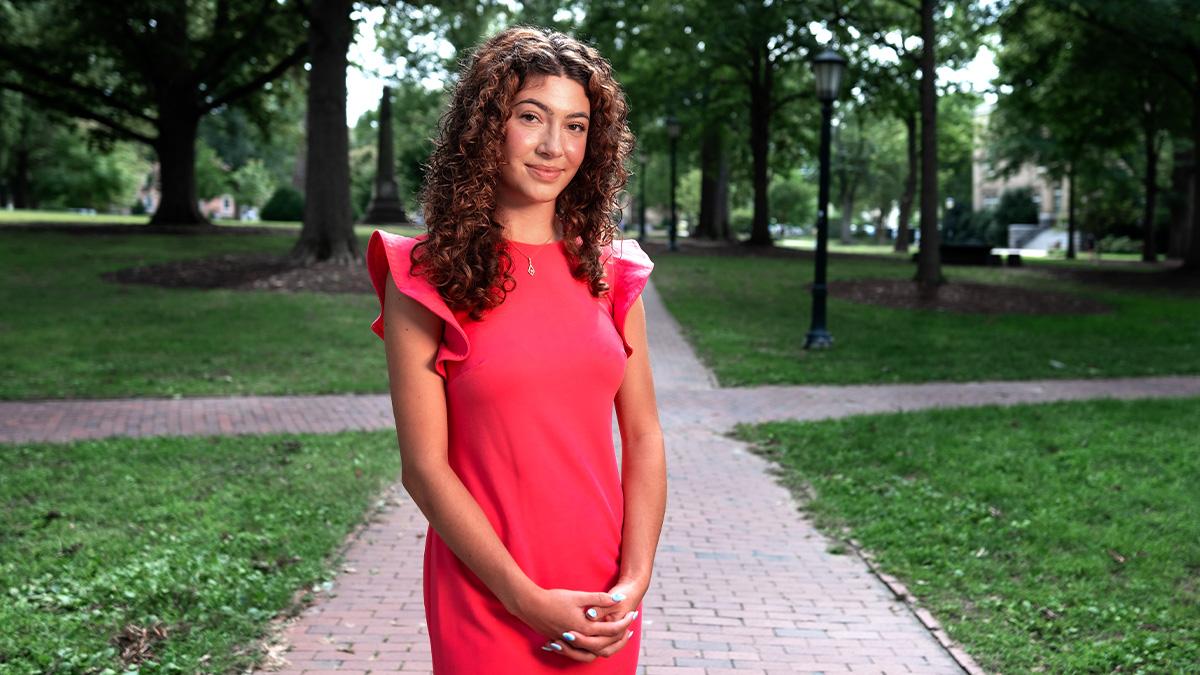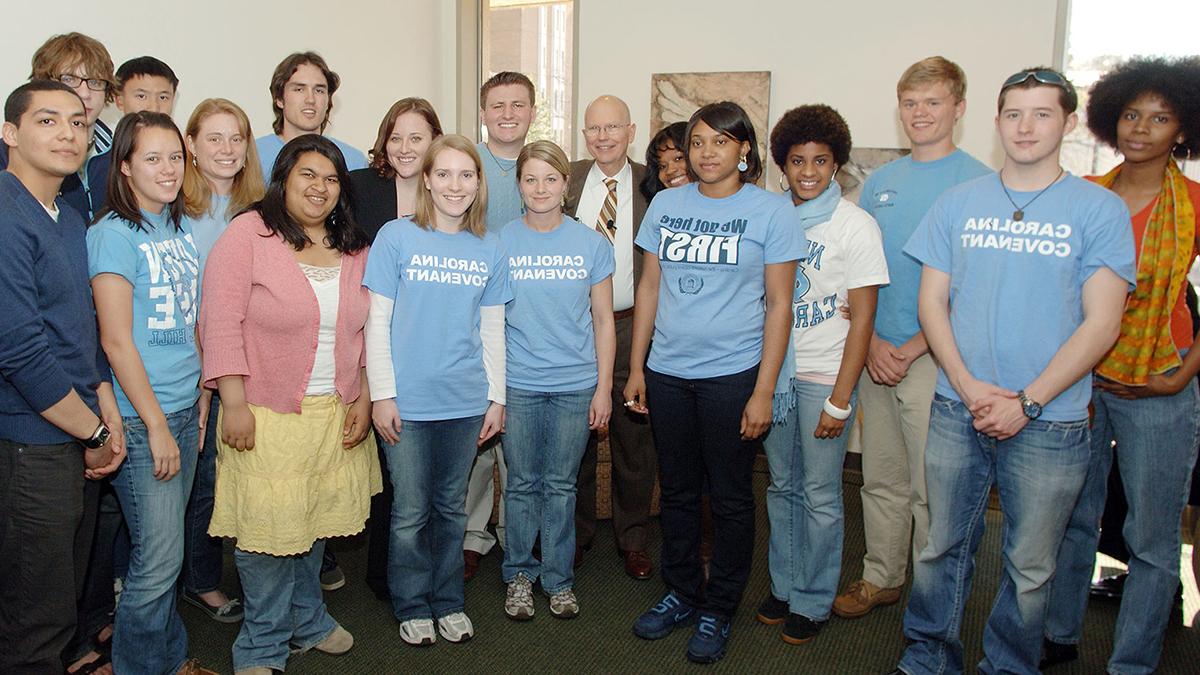3D模型将让人们面对未来
Computer scientist Roni森古普塔 develops AI-based technology to predict facial changes as someone ages or transitions.

In the early 2000s, coming out as transgender wasn’t an option in Kolkata, India.
At 10, Roni森古普塔 didn’t have the language for why she secretly dressed up in her mother’s clothes. As a teen, Sengupta told her partners, but not her parents, she knew she was a woman.
“一开始我希望它会消失, like if I pretended to be masculine enough it would eventually go away. 但我一直都知道我是个女人,森古普塔说。, an assistant professor in the 文理学院’ computer science department. 2023年春天,森古普塔开始了转型过程. Her colleagues, friends and wife have been incredibly supportive.
森古普塔的经历启发了她的工作 计算机视觉, a field of artificial intelligence that trains computers to see like a human eye. Sengupta’s lab is creating a 3D model that tracks and predicts changes in someone’s face as they age. 在接下来的五年里, she hopes it will help people who are transitioning from one gender to another.
这是她工作的核心
Sengupta began with degrees in engineering then pursued a more creative career as a re太阳城娱乐城 intern working with 3D reconstruction, 计算机图形学和人工智能技术. In a postdoctoral re太阳城娱乐城 position at the University of Washington, she explored projects and worked with mentors on other graphic technology.
“我想讲一个故事,”森古普塔说. “I have always felt like images, videos and other visual mediums were the best way to do that.”
森古普塔目前的项目之一是解决 面部建模. She and her lab aim to create a high-quality model that the AI on someone’s phone or computer could efficiently read to design a realistic face or make realistic changes to someone’s face.
The AI part of Sengupta’s current work relies on artificial neural networks. One model uses the cloud of images provided to AI by the internet. The other is a small, separate neural model just for one person that no one else can access. Someone could use it to change their facial expression, create a realistic avatar of themself or privately track physical changes and create personalized predictions.
“Most trans women and men capture photos of themselves every day just to notice the smallest changes,森古普塔说. 这个数据是存在的, and to build accurate models from this would help physicians see how many changes have happened because of the hormone replacement therapy dosage. And they would have a better understanding of the entire timeline.”
Once the technology and trans community become more secure, Sengupta wants to give people undergoing hormone therapy — a process that can take anywhere from two to five years — a personalized image of what they might look like at the end of their treatments.
The technology also has the potential to help people recovering from injuries see what they’ll look like after healing or facial reconstruction surgery and to provide emotional support for families with missing or deceased relatives.
道德的未知数
这种先进的计算机视觉, 特别是面部建模, 是昂贵的, high-powered and already available to corporations like Disney or Netflix. While some might object to making such technology publicly accessible, 森古普塔关注的是它能提供的好处, such as soothing the anxiety of a young trans person during hormone therapy.
“There is a sense of concern and anxiety for a lot of transgender people,” Sengupta says. “我们只是不知道会发生什么.”
Sengupta hopes to ease this anxiety for others — and that drives her re太阳城娱乐城 at Carolina.







